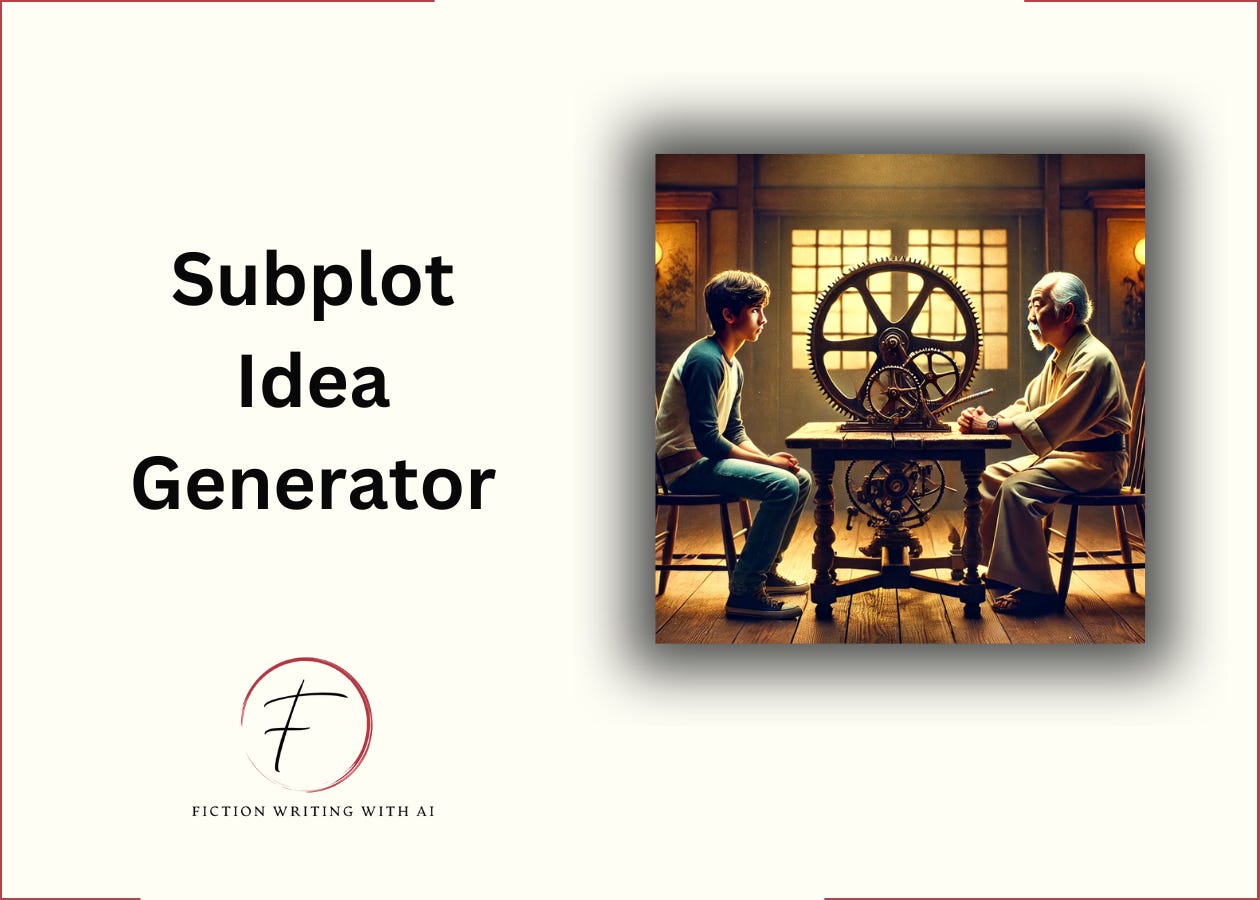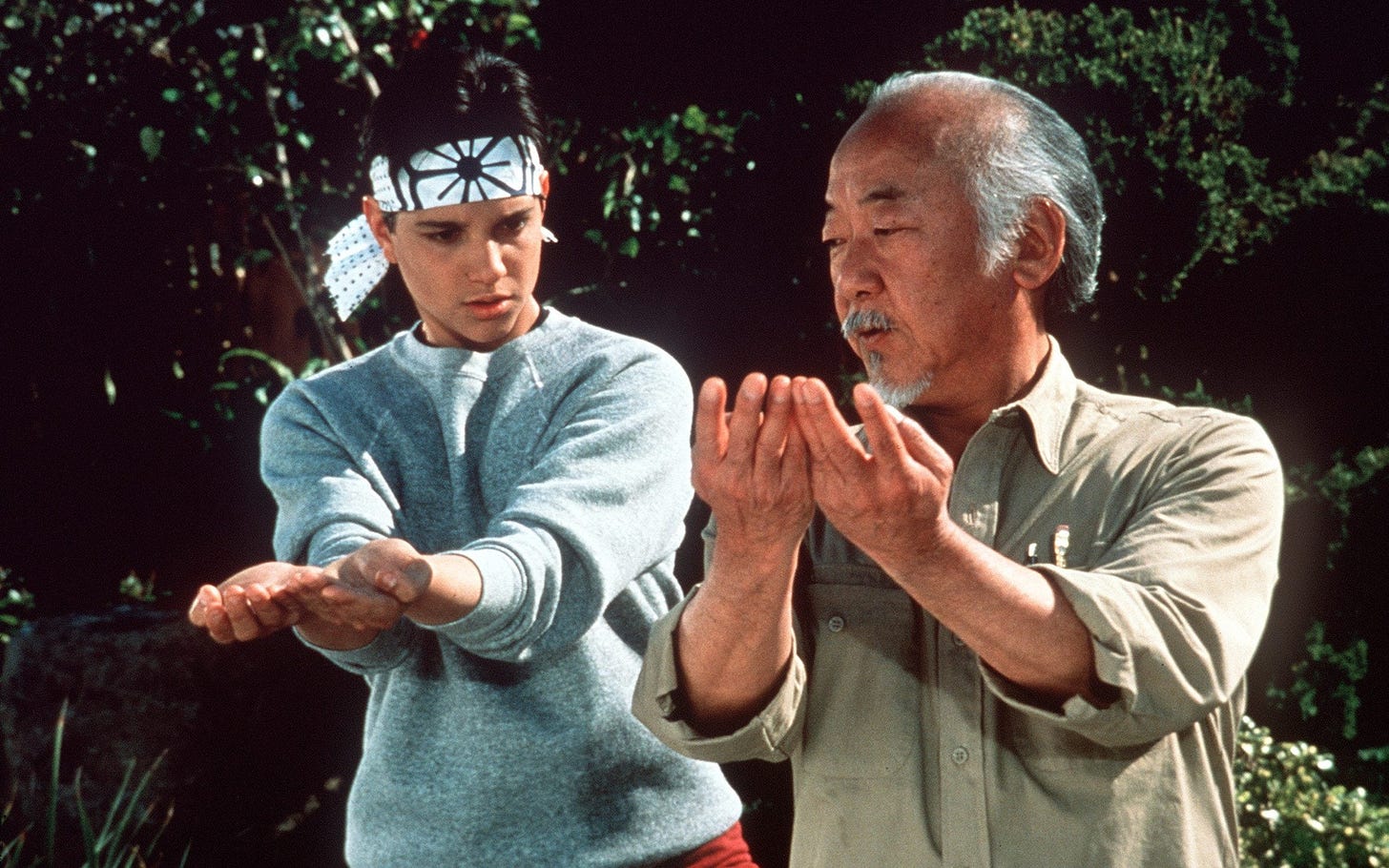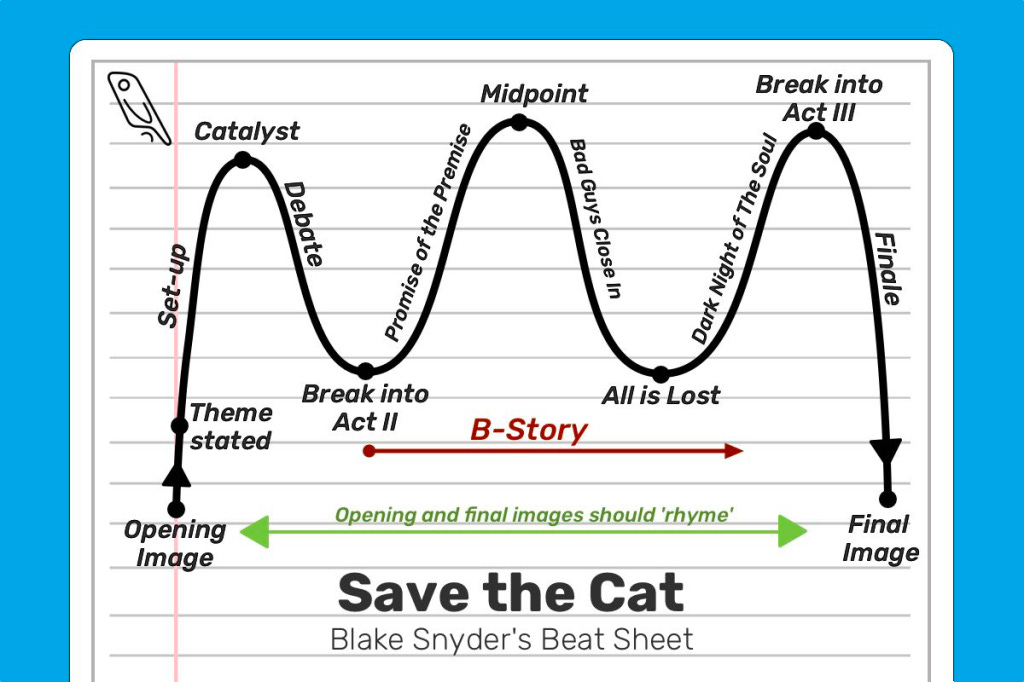Hey there!
Last week, I killed 783 characters.
Not literally, of course. I'm a writer, not a serial killer.
These were all potential B-story characters. Each one represented a path not taken, a subplot unexplored, a theme left dangling. It took me 3 hours, 2 double-espressos, and one very confused AI.
But by the end, I had 100 unique, compelling B-story ideas sitting in my Notion file. And I'm about to show you exactly how I did it.
Forget everything you think you know about writer's block and "the muse." We're about to turn idea generation into a superpower.
But first, let's get clear on what we're talking about.
The B-Story
Blake Snyder puts it beautifully:
"The A Story is the hero's tangible goal, what he wants. The B Story is the hero's spiritual goal, what he needs."
Think of it as your novel's theme or the big lesson your hero needs to learn. It's the heart of your story, the part that makes readers feel something.
Take "Ready Player One" for example:
The A-Story (Wade's tangible goal): Win Halliday's contest
The B-Story (Wade's intangible goal): Find genuine human connection
See the difference? One's about doing, the other's about being.
Now, why bother with AI for this?
It's like having a brainstorming session with a hundred different writers.
It pushes you to explore angles you might never have considered.
It's fast. Like, really fast.
Here's how we're going to do this:
Step 1: Choose Your B-Story Character
Step 2: Structure Your B-Story Arc
Step 3: Weave The B-Story Into Your Novel
Let's break it down.
Step 1: Choose Your B-Story Character
This is the person who's going to push your hero to grow.
A few things to keep in mind:
They represent the "upside-down"contrast to the old world in Act 1.
They need to bring up the theme, nurture the hero, and help them win. Think Mr. Miyagi and The Karate Kid.
They don’t have to be the second most prominent character in your story. Choose based on who can best guide your protagonist's growth.
Common mistake? Treating this character like a plot device. Give them their own goals, conflicts, and growth. Integrate them into the story.
They're the key to your protagonist's transformation.
Step 2: Structuring Your B-Story Arc
You've got two main approaches:
1. Romancing The Beat (for romantic B-stories):
This structure, based on Gwen Hayes' method, follows a specific emotional journey.
Meet Cute: Introduce your characters
Attraction: Build tension and chemistry
Retreat: Create obstacles and doubts
Turning Point: Force characters to confront their feelings
Dark Moment: Throw in a major conflict
Resolution: Bring it all together for a satisfying end
2. Casual B-Story Format (for non-romantic subplots):
Introduction: Establish the B-story character's role
Development: Deepen the relationship and its impact on the protagonist
Crisis: Create a significant challenge or conflict
Resolution: Show how this relationship has changed the protagonist
Whichever you choose, conflict is key. Your protagonist should resist the B-story character's influence. Which is where the good stuff happens.
Here's how to plot it out:
Define the starting point: How do these characters initially interact?
Identify the ending point: What's the ideal final state of their relationship?
Plan the bumps: What conflicts will they face? How will these push your protagonist to grow?
Link to the main plot: How does this B-story tie into and enhance your A-story?
For example, if your A-story is about a detective solving a murder, your B-story might involve the detective reconnecting with their estranged sibling. The sibling's presence could challenge the detective's lone-wolf mentality, eventually leading to a breakthrough in the case.
Let’s keep going.
Step 3: Weave The B-Story Into Your Novel
The B-story is not just a regular scene; it's woven throughout your main plot.
Aim to bring in your B-story character around the 22% mark of your novel. This typically aligns with the end of Act 1, when your protagonist enters the new world. For example, if your A-story is about a lawyer taking on a big case, introduce the B-story character (say, a mentor figure) when the lawyer is preparing for their first court appearance. This way, the B-story feels like a natural part of the world you're building.
But don't let your B-story overshadow the main plot.
Avoid having long stretches without B-story appearances. And don't resolve the B-story too early – keep that tension alive until the end.
Now, here's where AI comes in to save the day.
Generate 100 B-Story Ideas With AI
We're going to use a simple prompt to generate a ton of B-story ideas.
Here's what it looks like:
Keep reading with a 7-day free trial
Subscribe to Fiction Writing With AI to keep reading this post and get 7 days of free access to the full post archives.






